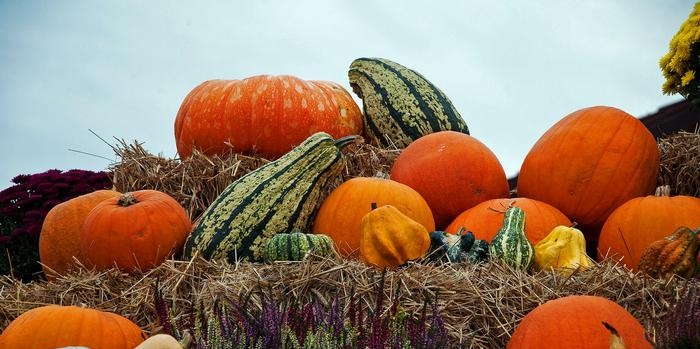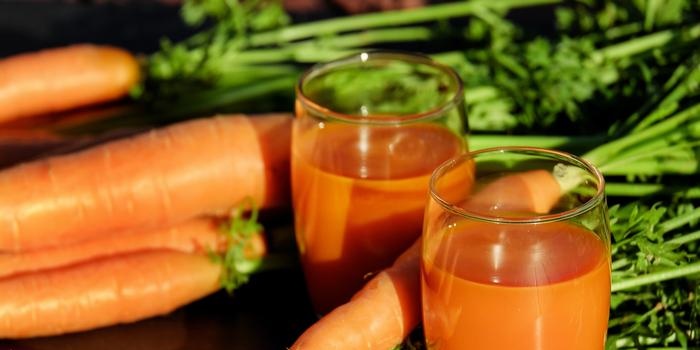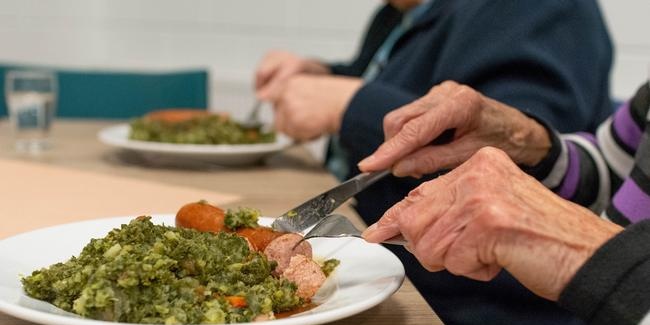Food plants and their medicinal properties |
|
So, fiber - the main substance of the plant membrane - is not absorbed by the body, but it is necessary to activate intestinal motility, it, together with pectin, also neutralizes digestive waste. Pectins of many berry plants are natural antiradiants that help to remove heavy metal salts from the body, which are formed during industrial and household intoxication. Berries and fruits - sources of a balanced natural complex of sugars (fructose and glucose) that are easily assimilated by the body and do not have a harmful effect.
Mineral substances of vegetables and fruit crops, which form compounds with alkaline properties during digestion, help to maintain a slightly alkaline reaction in the blood and neutralize the harmful effects of fatty substances with acidic properties contained in meat, bread, fats. The inclusion of vegetables in the diet makes it harmonious, prevents the occurrence of gastrointestinal diseases.
Scientifically based norms of vegetable consumption (kilograms per year), developed by the Institute of Nutrition of the Academy of Medical Sciences, are 128-164 kg, including cabbage - 32-50, tomato - 25-32, melons - 20, cucumber - 10-13, onions - 6-10, carrot - 6-10, beets - 5-10, green pea - 5-8, cauliflower - 3-5. The human need for fruits and berries according to medically justified norms is 100-110 kg per year. Of this general rate, the largest share falls on apples - 35%, grapes - 10-12%, cherries, pears, plums, strawberry, raspberries, currants are 5-6% each.
The need for vegetables and fruits in a balanced diet to prevent a number of diseases makes vegetable growing and horticulture the main branches in agriculture. It is no coincidence that in recent years, in order to meet the needs of the population for these valuable food products, areas for summer cottages and collective gardens have been increasing annually. Safina L.K. Similar publications |
| The structure and chemical composition of vegetables and fruits | The healing origins of plants |
|---|
New recipes
 Food plants containing, in addition to the energetic material, an increased amount of biologically active substances, act simultaneously as food and medicinal plants. Energy compounds include sugars, starch, fiber, pectins, organic acids, amino acids, proteins, fats. The energetic effect of eating vegetables, fruits and berries is small, but they contain substances important for the normal functioning of the body that are absent in animal products.
Food plants containing, in addition to the energetic material, an increased amount of biologically active substances, act simultaneously as food and medicinal plants. Energy compounds include sugars, starch, fiber, pectins, organic acids, amino acids, proteins, fats. The energetic effect of eating vegetables, fruits and berries is small, but they contain substances important for the normal functioning of the body that are absent in animal products.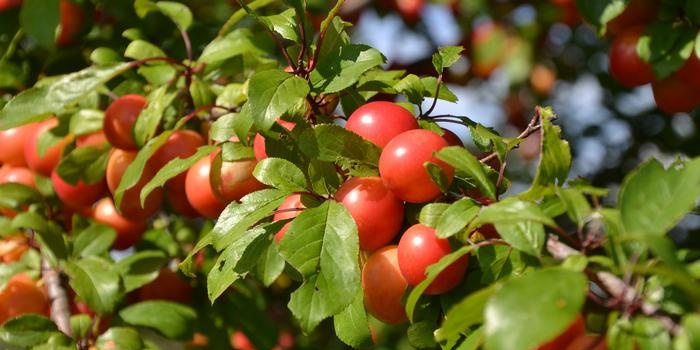 Bioactive substances include vitamins, minerals, phytoncides and other useful compounds, the entry of which into the body is necessary in small doses, but regularly. With their lack, violations of enzymatic and hormonal activity occur, efficiency and resistance to diseases decrease.
Bioactive substances include vitamins, minerals, phytoncides and other useful compounds, the entry of which into the body is necessary in small doses, but regularly. With their lack, violations of enzymatic and hormonal activity occur, efficiency and resistance to diseases decrease.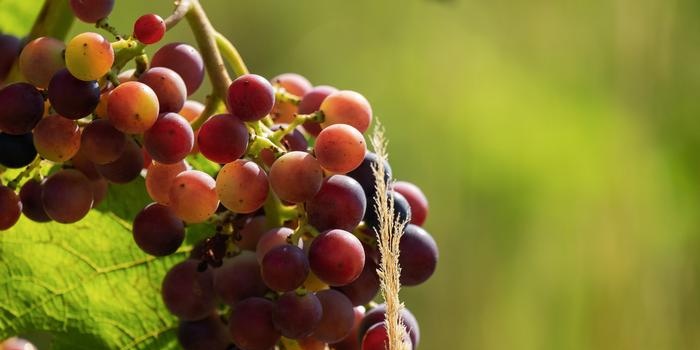 A significant part of the minerals in fruits and some vegetables is potassium, which plays an important role in the regulation of water-salt metabolism and in the treatment of diseases accompanied by edema. Fruit and
A significant part of the minerals in fruits and some vegetables is potassium, which plays an important role in the regulation of water-salt metabolism and in the treatment of diseases accompanied by edema. Fruit and  The systematic consumption of vegetables and fruits prevents the occurrence of many
The systematic consumption of vegetables and fruits prevents the occurrence of many 